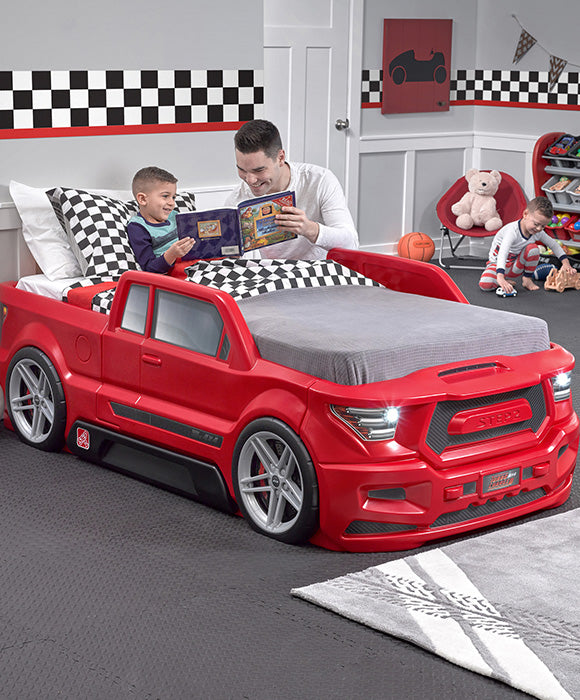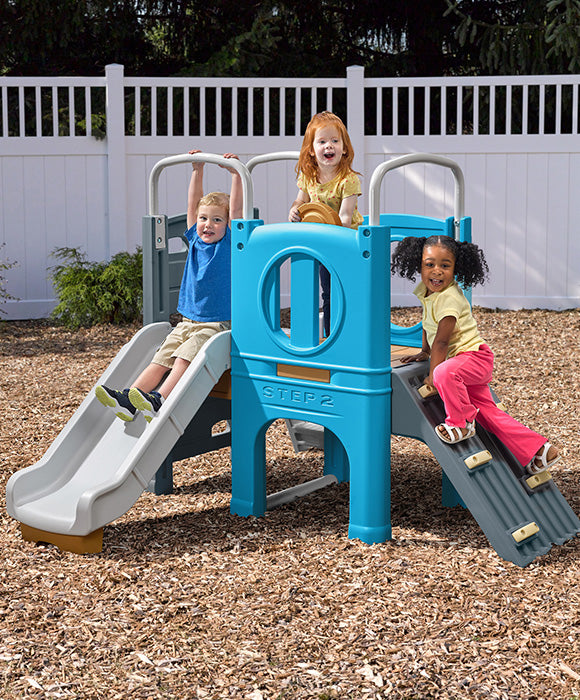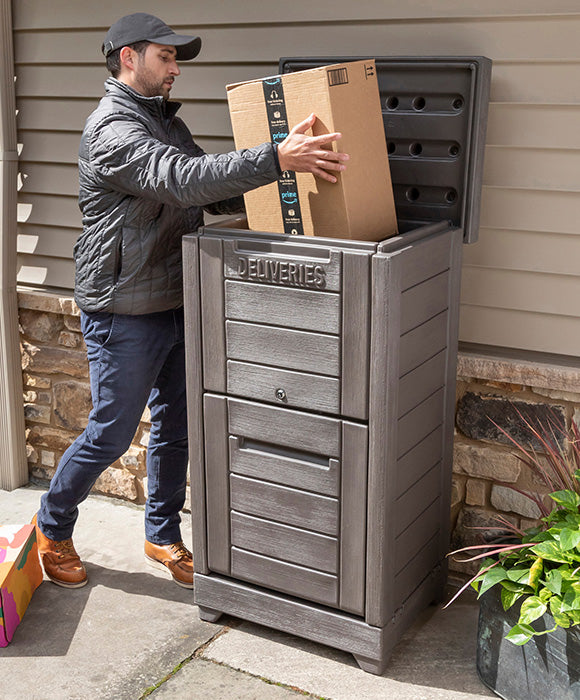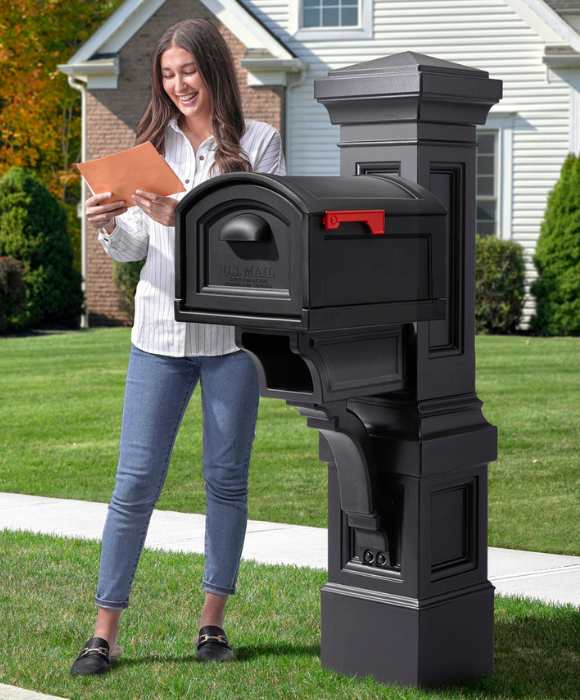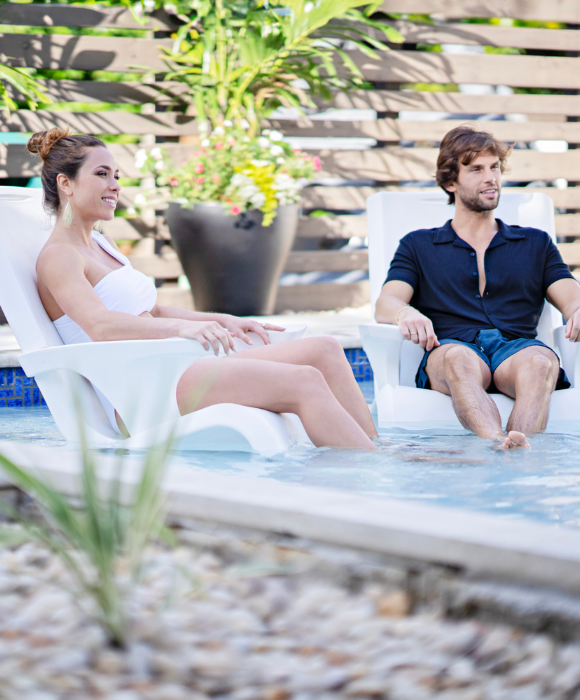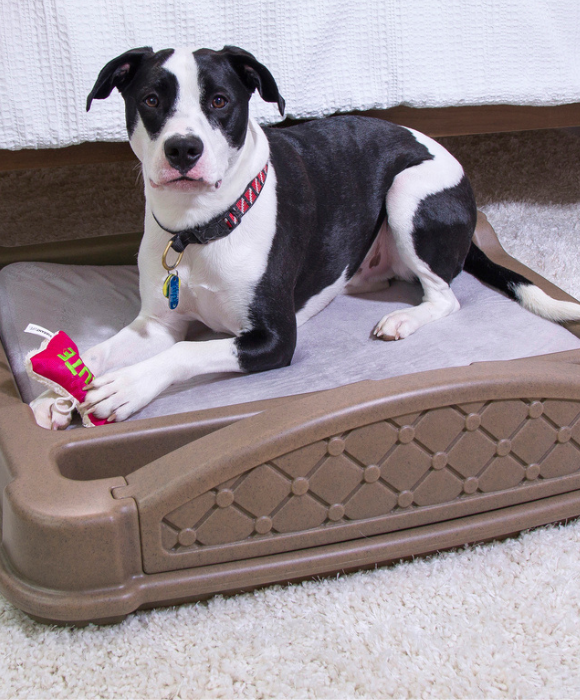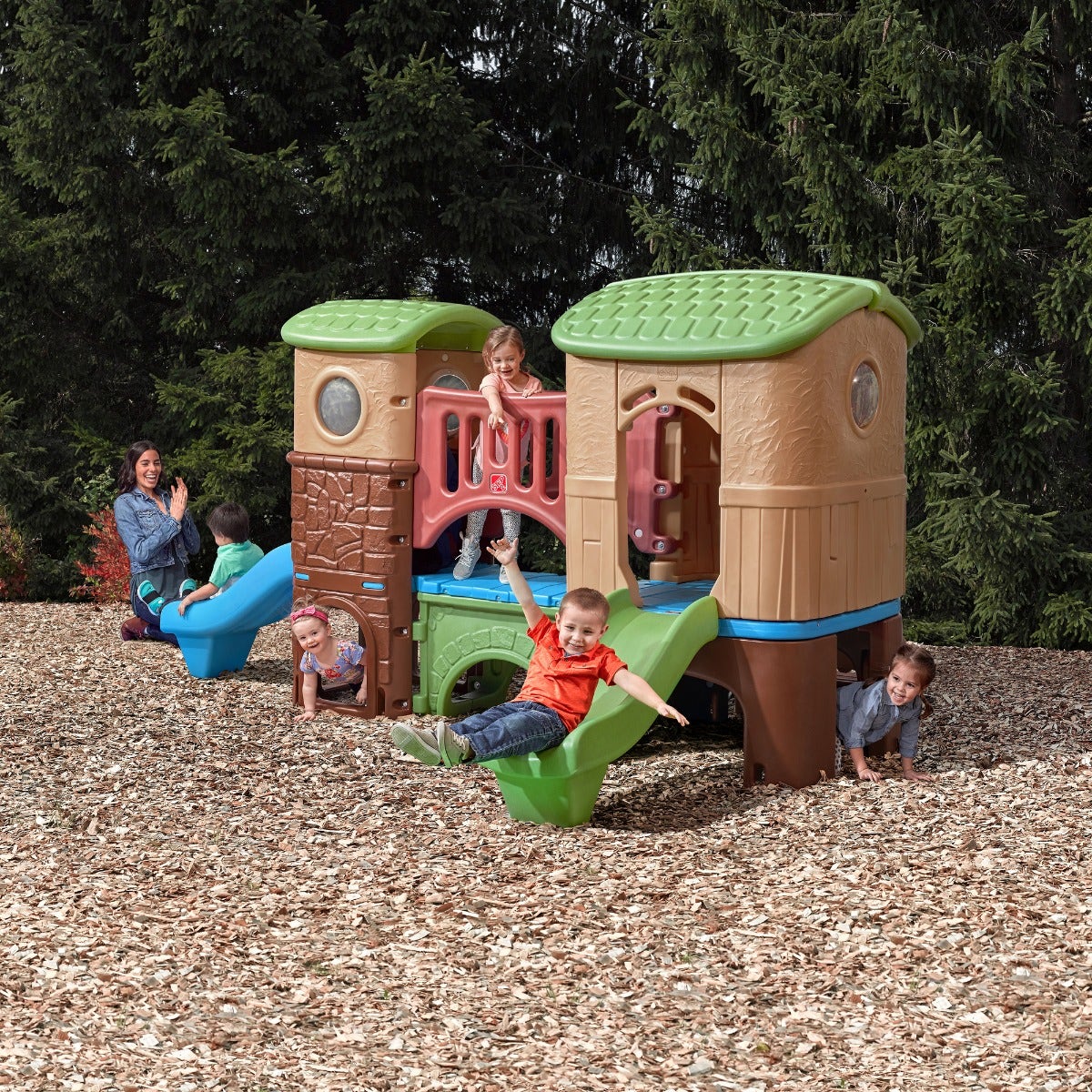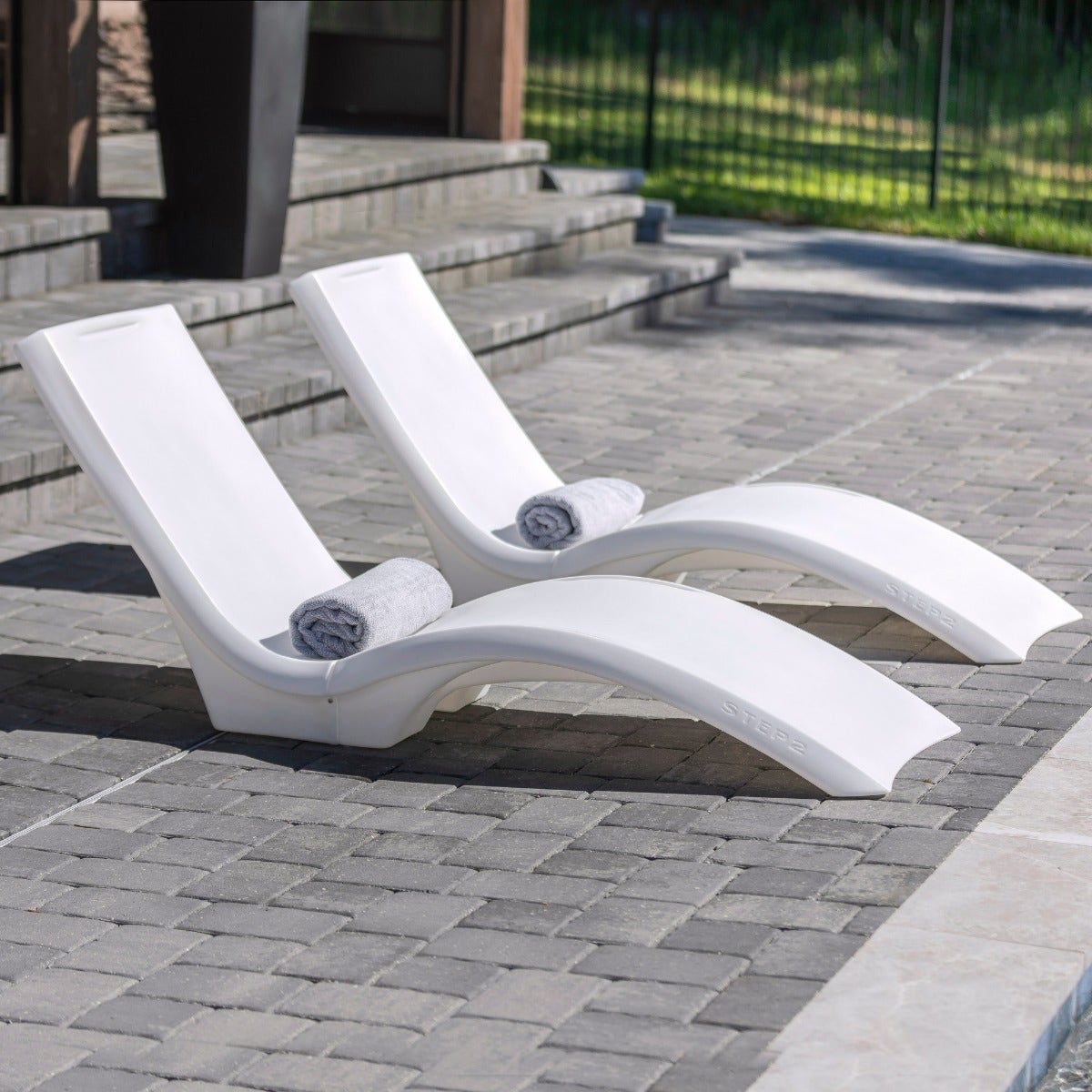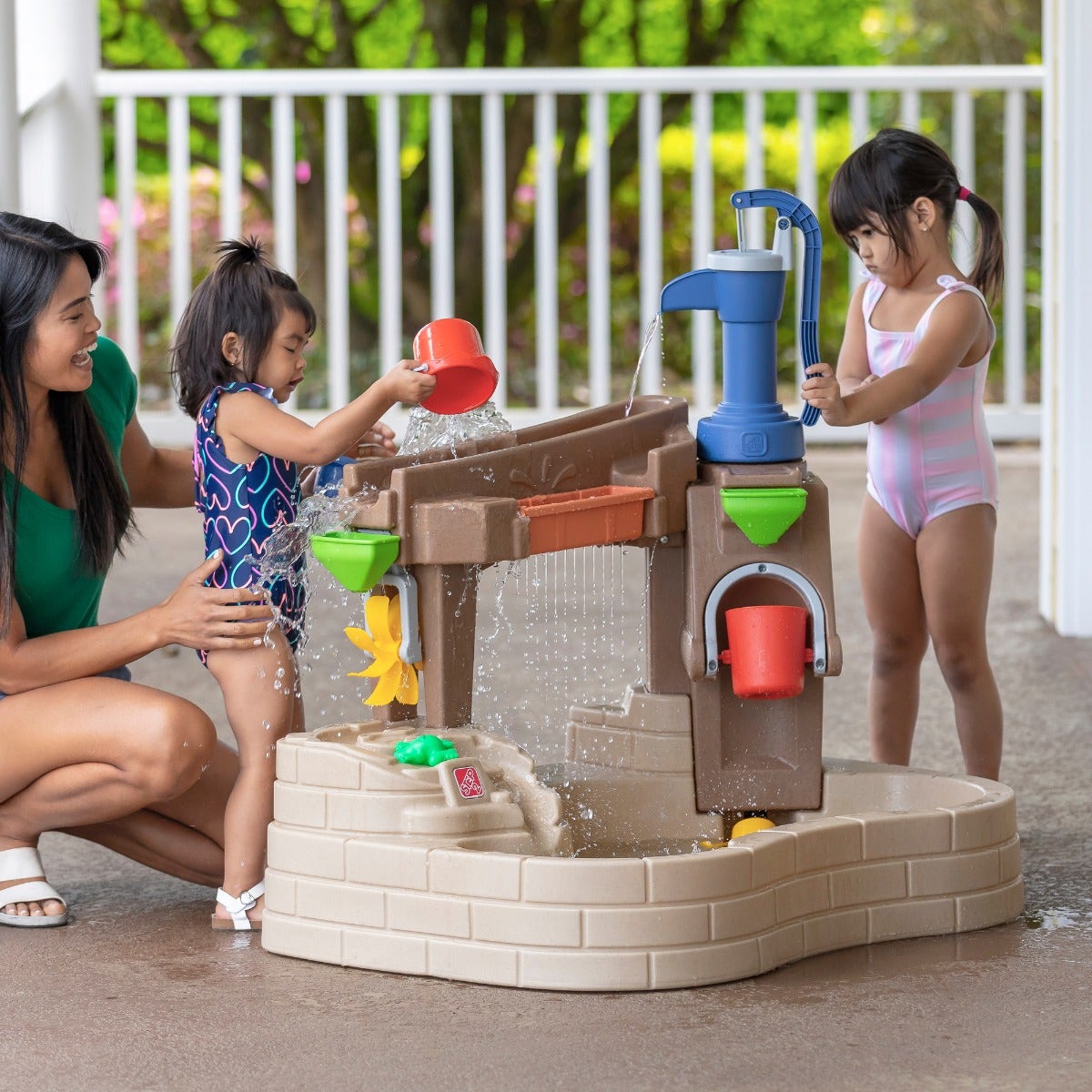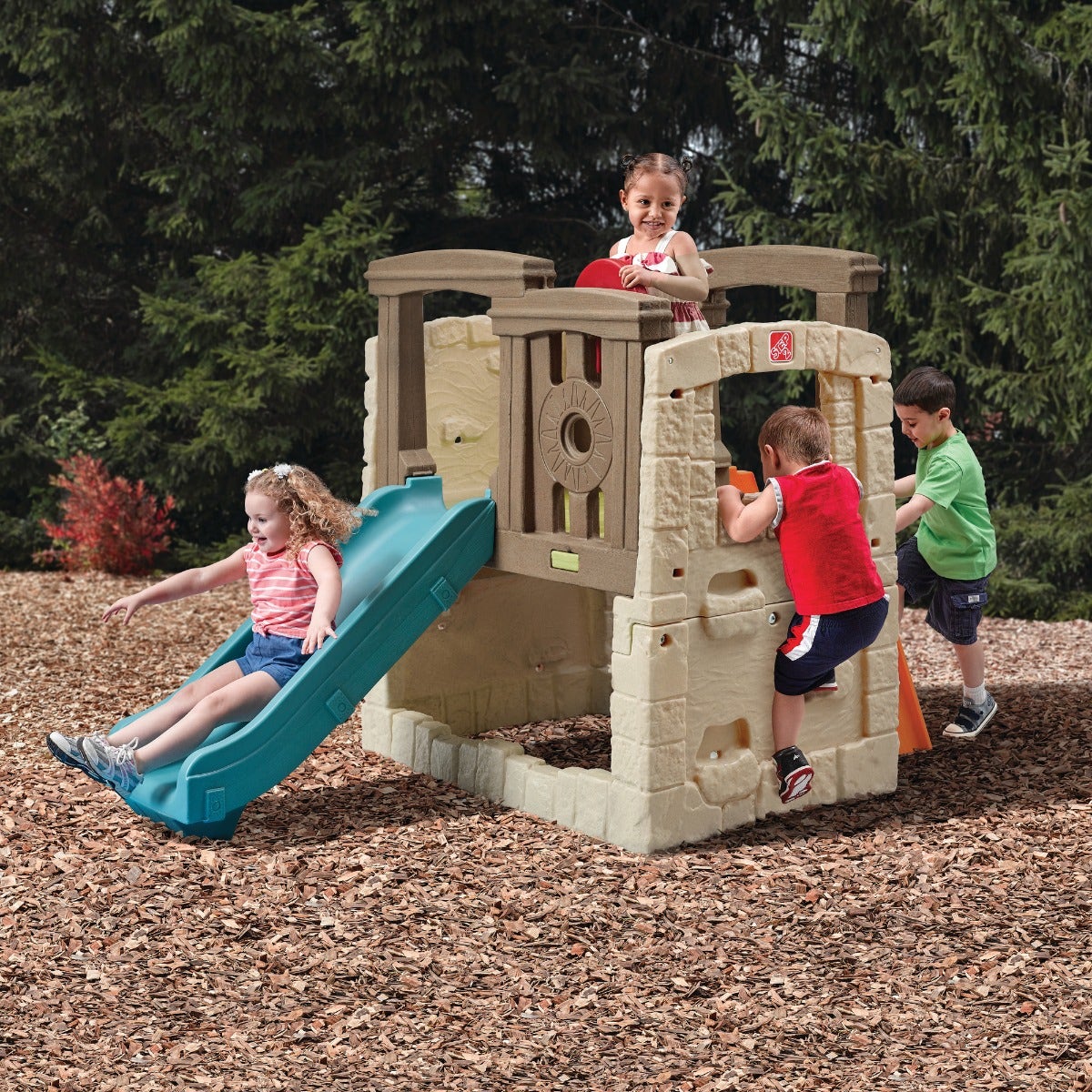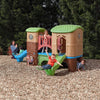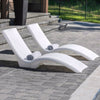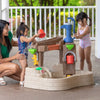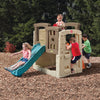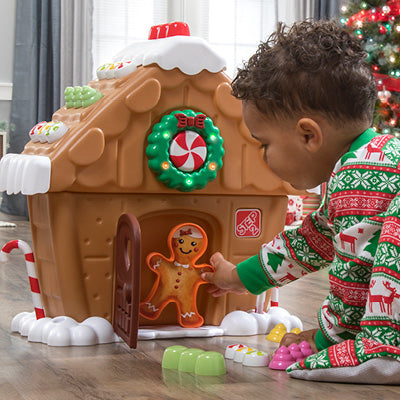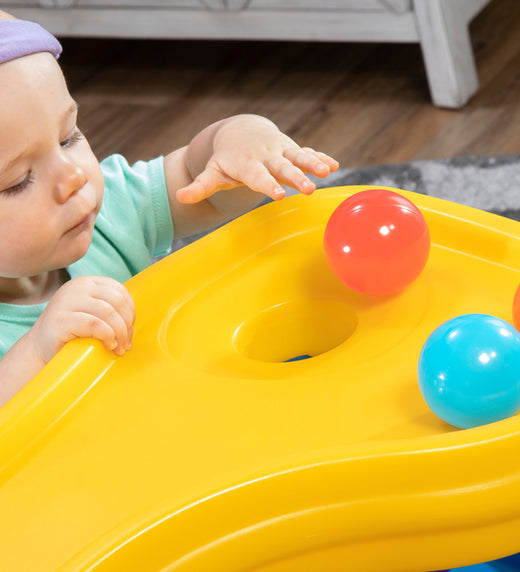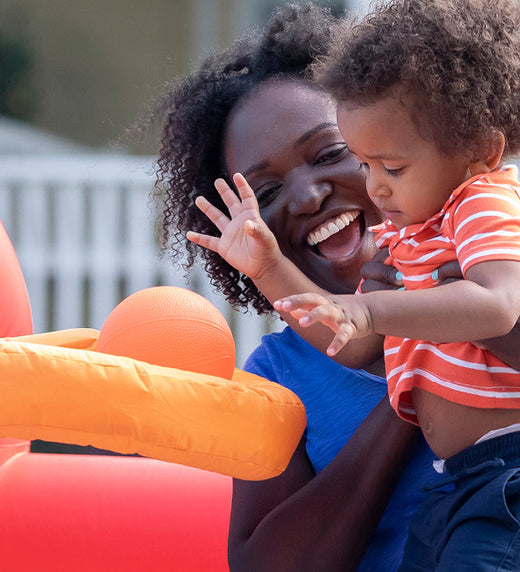
Toys that Last
As a parent, one of the true frustrations and daily challenges with having kids is all of the clutter. Don’t get me wrong, I wouldn’t trade my daughter for anything, but having kids, sure does mean lots and lots of stuff and often lots and lots of broken and missing toys! Over the years of parenting and as a pediatrician who counsels families on the little tricks to help in keeping their sanity, I have learned an important rule: Less is More. Except when it comes to love. You can never have too much love.
Decluttering and simplifying your child’s spaces is not only good for your psyche, but it reaps benefits for your child(ren) as well. Too much stimulation is stressful. When kids are in a space that is overflowing with toys, kids are overwhelmed, distractible, and their brains cannot focus and play as well. Kids will often move quickly from one toy to the next, never really playing fully with anything, not to mention, generally creating a huge mess that makes the scene even worse. All of this transition is challenging to their brains, induces irritability, and reduces a child’s ability to focus and learn while playing.
How does a parent combat this situation? Thankfully, there are many options – let’s talk through your plan of attack!
Quality over Quantity!
When it comes to buying toys for our kids, Quality should be a key driver. Try to only spend money on quality toys that meet the following criteria:
Rule #1: Durability is key
Find toys that are made well, even if it means that the item is more expensive. In the end, if you buy toys that will not hold up, you are going to spend a lot more on replacing those items. Choose wisely the first time, and you will win in the end.
But how do you know which toys are durable? A few things to consider: Is the toy made from a strong material – such as wood, thick plastic or metal? What do the joints or connections on the toy look like? Are there parts of the toys that are not supported well and look like they will easily break off? Are there an abundance of small pieces and accessories that could get lost? And if so, how does this affect the functionality of the toy? Does it require batteries to be enjoyed?
Choose high-quality brands that guarantee the durability of their products. Step2 toys are made to last. The design and construction of the toy is integral to their production. Look for companies with a strong mission and believe in the toys that they make.
Rule #2: Evaluate for Versatility
When purchasing a new toy – ask yourself how many different uses are there for the toy. If the answer is only one, you may want to reconsider. Come up with several uses, and the toy may be a winner. A great example of this are step2’s water tables. This toy can certainly be used as a water table, but it could also hold sand or other sensory materials for a sensory table, or it could be filled with dirt and used as a space to start seeds and grow a little garden in the winter months. Another example would be a Step2 playhouse. While the house itself may continue to be a house in structure, there are limitless ideas for what games and imaginary storylines may be created under its roof!
Rule #3: Choose toys that span the developmental spectrum
Toys with multiple lives are the best kind. Choose toys that can be enjoyed by multiple ages and a variety of developmental stages. Here are a few considerations:
- Does the toy have a teachable component?
- Does it spark the imagination?
- Can it be played with by more than one child at a time?
- Does the toy engage the senses?
- Does it make your child want to ask questions and experiment?
If you can answer yes to at least two of these questions, this toy is likely a good choice. Toys that can grow with your child are some of the best. If your child is going to outgrow or become bored by the toy in a few months, it is generally a poor choice.
Rule #4: Choose toys and activities that can engage more than one child at a time.
Some of the best toys are those that two children of different ages are able to play with together. Not only does this extend the life of the toy, but it also teaches your children to enjoy some interactive play together! Encourage older children to teach games and activities to younger children and have them help you adapt the activity so everyone can play together. For example, have your kids plan out an obstacle course complete with modifications for different ages and skill levels. Maybe one part of the course uses a traditional bike to weave through cones and can be adapted to using a Step2 coaster when it is your littlest one’s turn.
Rule #5: Choose the classics and avoid fad toys.
Classic toys are called that for a reason. They are tried and true and have a proven record to captivate your child(ren). While these may not be the hottest toys flying off of the shelves, the classic toys have survived the decades for a reason. They were built smart and typically made with your child’s development in mind.
Rule #6: All in the family.
One of the major advantages of buying good-quality toys is that they last. A well-made, sturdy toy can be passed between siblings or cousins. Children feel trusted and rewarded when the priced toys of their older siblings are passed down to them. Getting a toy that belonged to an older sibling makes them feel special – it is a little rite of passage. Just make sure the toy is safe and in good working condition! Good quality toys can often last through multiple lives with multiple different kids. While a toy may be graded for age 2-4 years, if you have three kids, this means it may be around for 6 years! And remember, if is often a very useful strategy to put toys out of sight for periods of time. When you pull it back out again it is almost like a brand new toy to your child!
With so many choices, it can be tough to decide what are the best toys to buy for your child(ren). However, if you follow these few, simple rules, you are bound to keep your playroom from being overly cluttered and instead filled with toys you can feel good about giving to your kids. Remember, quality over quantity as the overarching principle and your kids will be better for it!
Dr. Keili Mistovich, MD, MPH, is a mom, pediatrician, and fierce advocate for children. She earned a Doctor of Medicine degree and Masters of Public Health from the University of Pittsburgh School of Medicine. Dr. Keili graduated from the Pediatric Residency Program at UPMC Children’s Hospital of Pittsburgh and was on the clinical faculty at Pitt. She also cared for children at the nationally renowned Cleveland Clinic and University Hospitals Rainbow Babies and Children’s Hospital. Dr. Keili is now a co-founder of Greater Cleveland Pediatrics, a new practice with a unique and personalized approach to patient care for all families.
